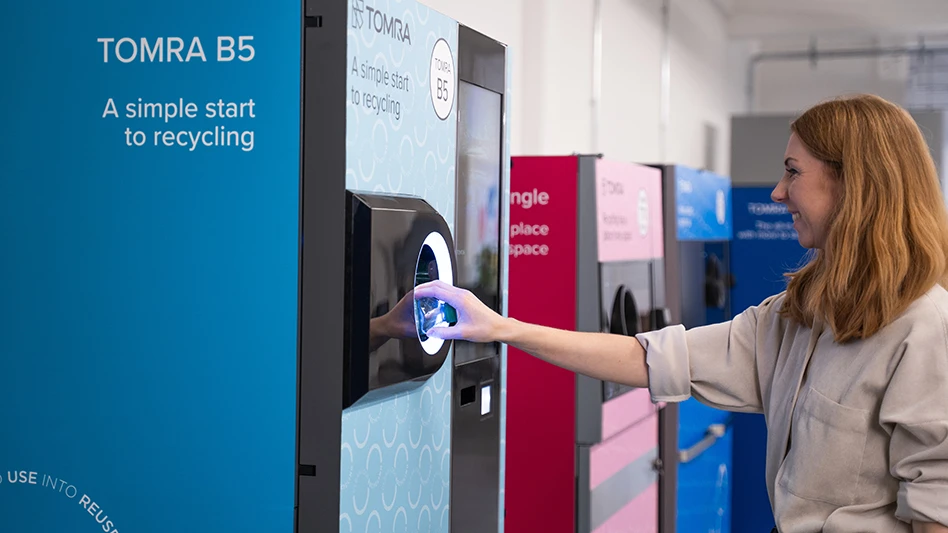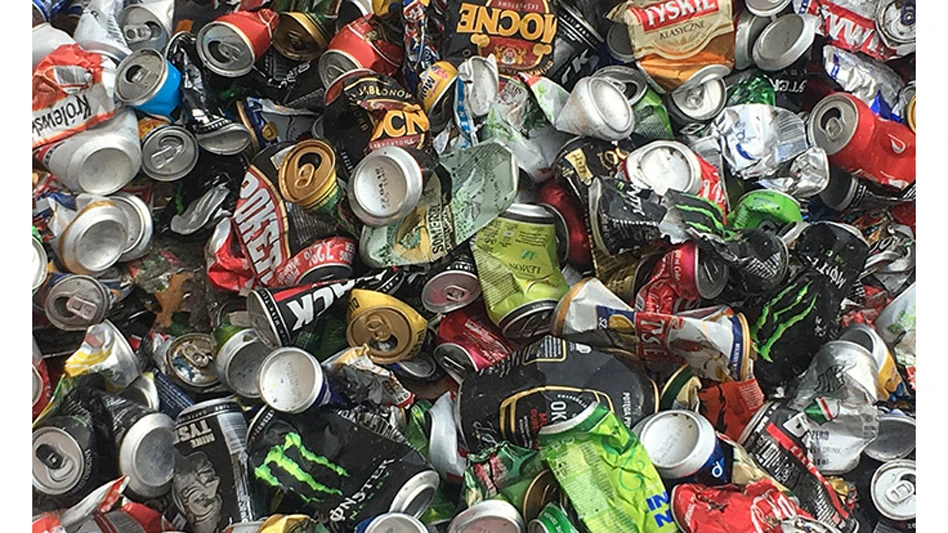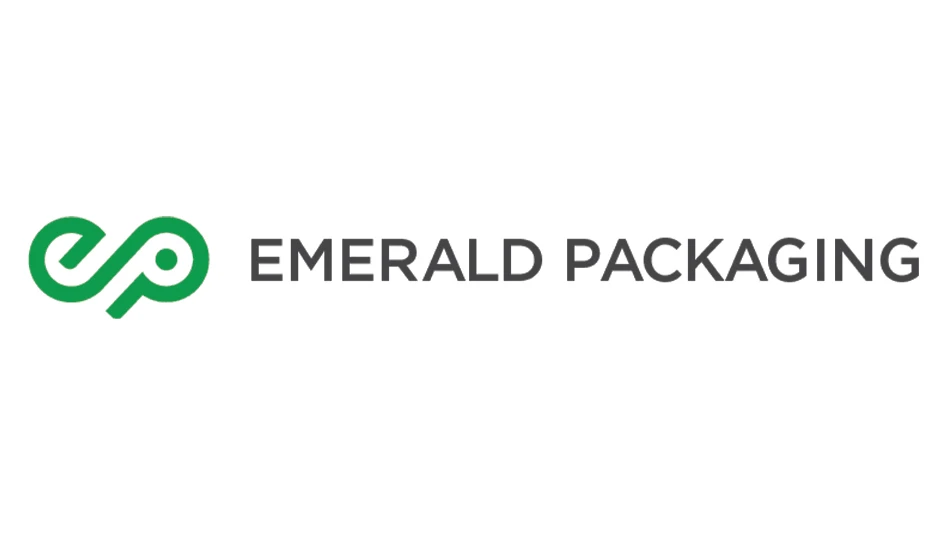
Photo courtesy of Good Natured Products Inc.
Vancouver-based packaging producer Good Natured Products Inc. has announced the results of its first eco-friendly packaging survey in its “Ready-to-Eat” report. The company’s findings come from surveying 1,000 U.S. adults aged 18 to 64 years old during July of this year.
The report reveals consumer sentiment and preferences around convenience eating, which the company says is continuing to grow despite persistent inflation due to increasingly busy lifestyles. Along with rising consumption of prepared meals, the report claims consumers are expecting brands to make packaging choices that are better for the planet and also safeguard the integrity, freshness and safety of the food stored inside.
RELATED: Good Natured Products introduces compostable takeout containers
According to the report, “The industry has reached a pivotal moment in the convenience eating landscape that requires businesses to help ease the burden on consumers who are choosing ready-to-eat meals over home cooking but are confused by how to reduce their environmental impact.”
Good Natured says the report was designed to provide businesses with insights into consumer eating habits and what they are shopping for, along with an understanding of the environmental consequences of a highly mobile society.
When it comes to packaging, with the rising consumption of prepared meals, the report shows food freshness, presentation and safety have become major deciding factors when making ready-to-eat choices. It adds that the convenience eating trend is resulting in heightened demand for innovative and eco-friendly packaging that maintains the integrity of the food being stored—including design features such as tamper resistance, chemical-free materials, refrigerator and freezer to microwave friendliness and leak-resistant seals for longer-lasting freshness and portability.
Additionally, respondents say sustainable packaging is a top priority, but they expect businesses to do the heavy lifting. Of those surveyed, 43 percent say it is a business’s responsibility to provide eco-friendly food packaging to help reduce the effects of climate change, while 77 percent say eco-friendly food packaging is important to them and that they usually look at a product’s packaging when shopping.
The report also reveals consumer confusion when it comes to sustainable packaging and recycling. Of respondents:
- 33 percent say they have good intentions to dispose of or recycle their food packaging, but don’t know the proper procedures to do so;
- 76 percent typically wash their food containers thoroughly before disposing of them; and
- 53 percent are influenced by social media to become more eco-friendly, meaning the impact of more widespread conversation and education is being felt.
Good Natured says not all packaging is equal, and there is not a one-size-fits-all solution for disposal, reuse and recycling. Various materials and packaging applications are better suited to certain end-of-life practices, and available infrastructure to support packaging end-of-life options varies greatly by region, city and even by waste management companies.
“The varying practices and differences lead to a lot of confusion for consumers,” the company says in its report. “In one area, they can throw all packaging into a single recycling bin for sorting offsite. In another area, and sometimes just across town, only PET (polyethylene terephthalate) beverage bottles with lids removed are acceptable. Some areas with composting facilities accept all BPI certified compostable materials. Another asks that any plastic-like materials be landfilled, even if certified compostable. This is part of why, despite recycling education spanning back over 40 years, 33 percent of respondents answered that while they have good intentions to dispose of or recycle their food packaging, they’re still not confident of the proper procedure to do so.”
The report concludes that more education alone will not solve this confusion unless there is consistency in waste management practices on a broader scale. It adds that respondents answered clearly that they expect businesses and industry to take on the challenge and not put the burden of demystifying waste management practices and regulations on them, especially with packaged convenience foods playing a big role in their quality of life.
Latest from Recycling Today
- ReMA urges open intra-North American scrap trade
- Axium awarded by regional organization
- China to introduce steel export quotas
- Thyssenkrupp idles capacity in Europe
- Phoenix Technologies closes Ohio rPET facility
- EPA selects 2 governments in Pennsylvania to receive recycling, waste grants
- NWRA Florida Chapter announces 2025 Legislative Champion Awards
- Goldman Sachs Research: Copper prices to decline in 2026





